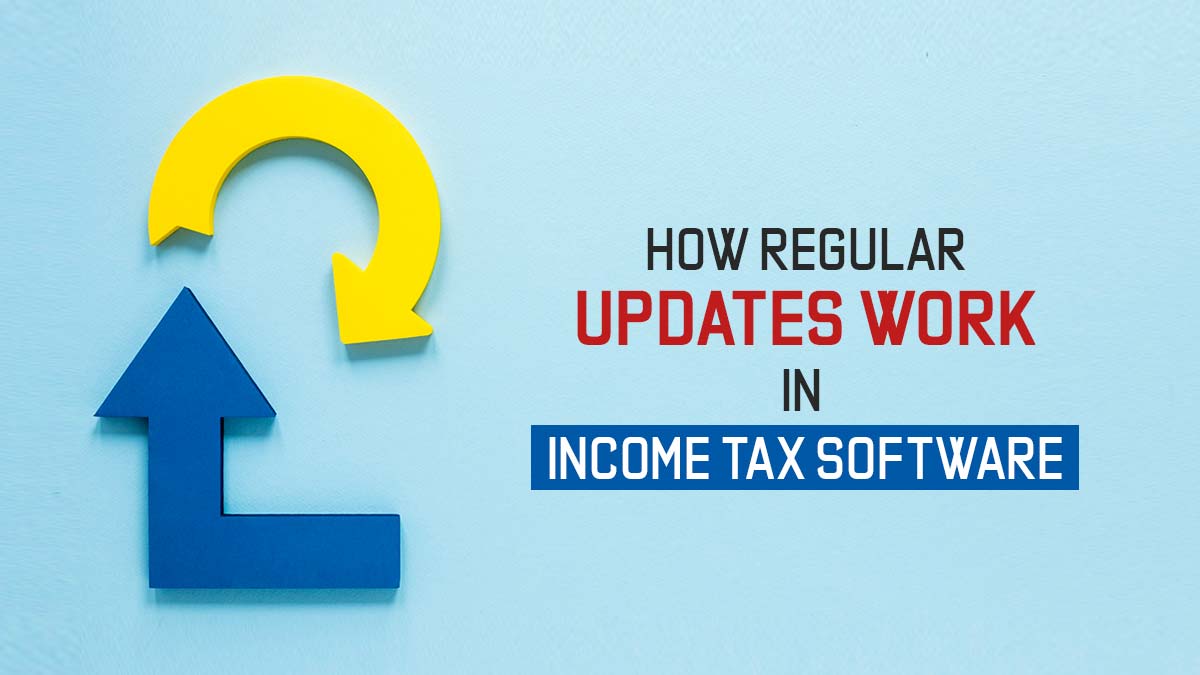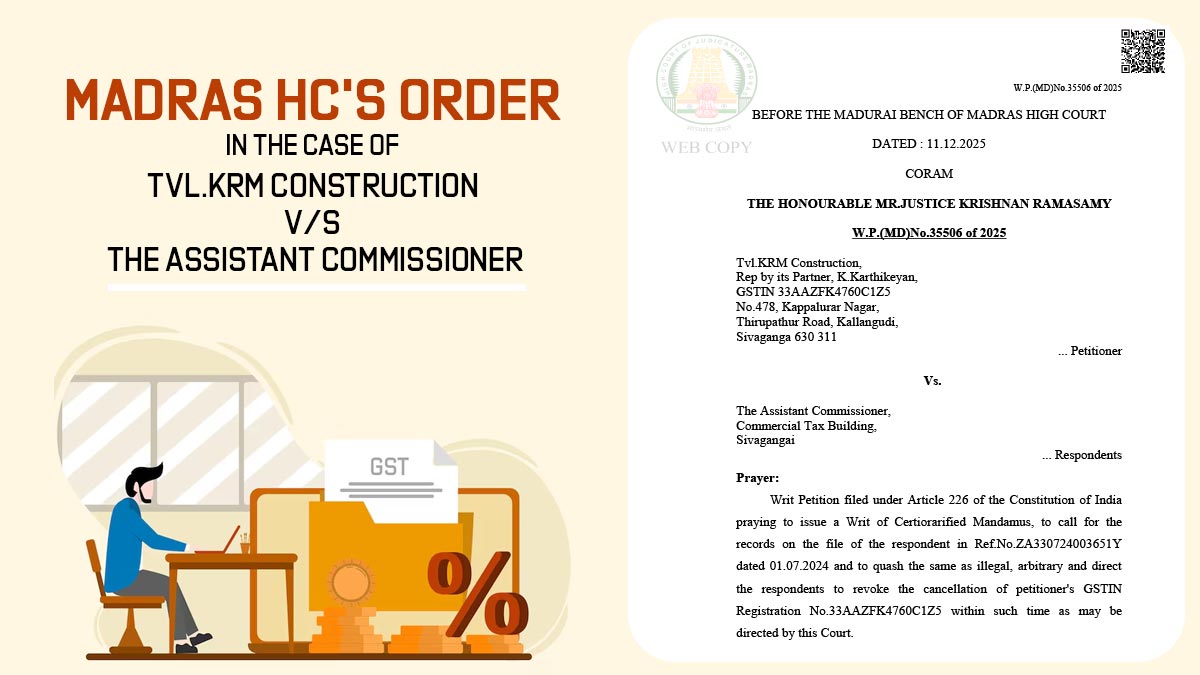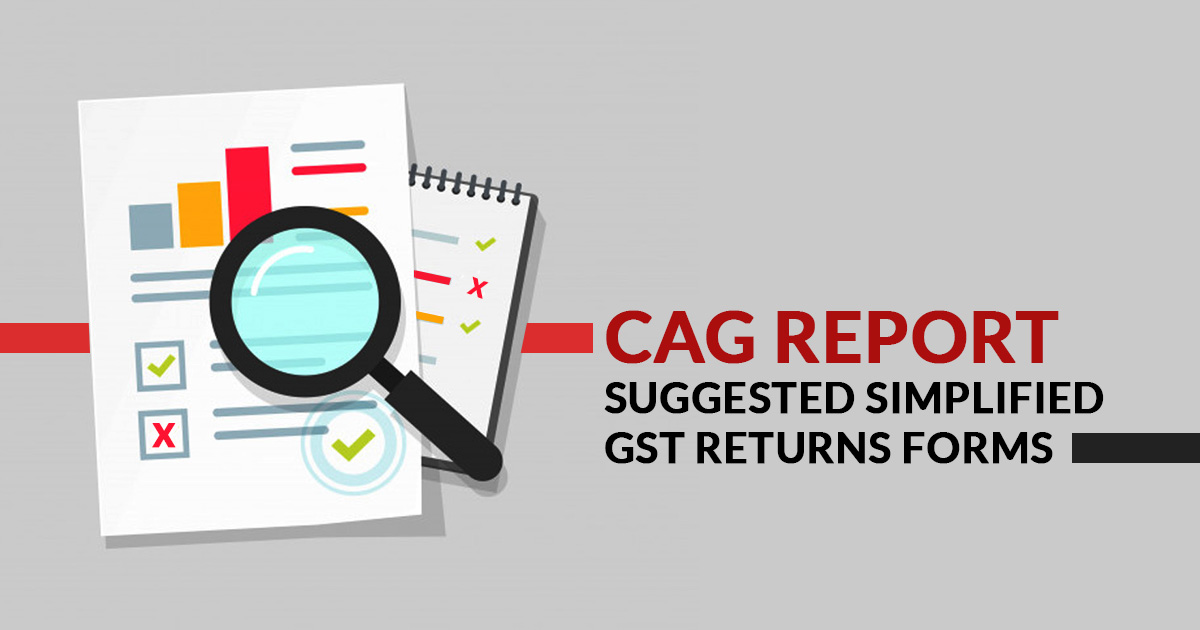
The Comptroller and Auditor General of India (CAG) has reported technical glitches in the entire mechanism of Goods and Services Tax (GST) even after 3 years of its implementation and further advised computerisation of legal processes and legal procedures in addition to fixing the roll-out plan of a simplified GST regime.
Starting from the legal process, CAG proposed computerization of the procedure:
- Issuing show-cause notices
- The Adjudication process
“The process of issuance of show cause notice (SCN) 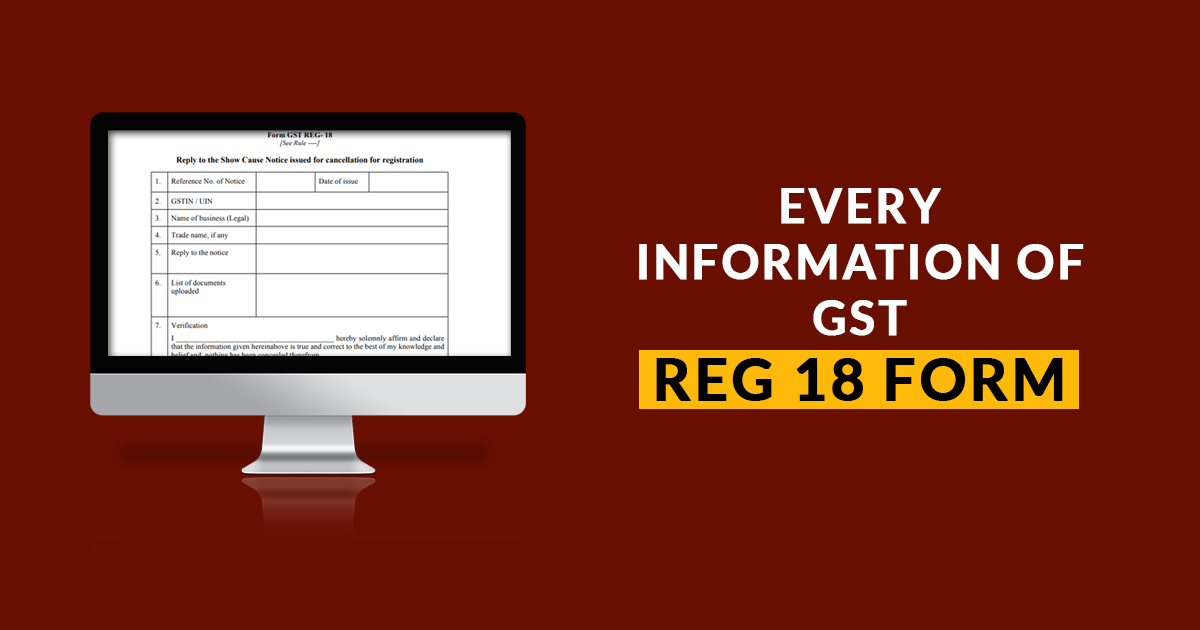
Furthermore, the entire mechanism of GST is not fool-proof and subject to Input Tax Credit (ITC) frauds owing to complications in the compliance system. “The originally envisaged system-validated ITC through ‘invoice matching’ had not been implemented. The complexity of return mechanism and technical glitches had resulted in roll-back of key GST returns 
Emphasizing again, Though it has been 3 years since GST has been implemented in India ( in the year 2017 effective from July 7) yet there are loopholes in the input tax credit system. This has resulted in a complicated mechanism and chaos in the GST procedure.
CAG further recommended that a proper rollout plan should be devised in a fixed time frame so that delays can be handled. For Instance, between October 2018 to March 2020, the comptroller and auditor general (CAG) inspected 4,736 cases of refunds out of a total of 23,106 refunds in 33 GST commissionerates. Consequently, CAG concluded that not complying with the extant provisions while processing refunds in 280 instances of GST involved an amount of Rs 16.16 crore.
“We observed instances of irregular grant of refund due to non-consideration of minimum balance in electronic credit ledger, irregular sanction of refund of input tax credit availed on capital goods, etc,” the report said.
GST Revenues
The CGST revenue in terms of percentage of gross domestic product (GDP) 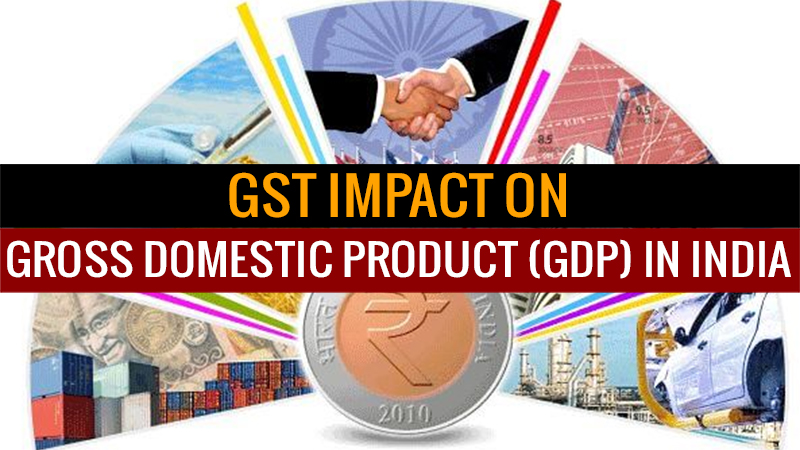
In addition, The CGST revenue was less than the Budget Estimates and the Revised Estimates during the year 2018-19 and 2019-20. And it was 22 percent and 10 percent for years, respectively. However, the share of GST (that is an indirect tax)
In conclusion, the entire GST mechanism should be simplified and computerized considering the limitation of time constraints.




